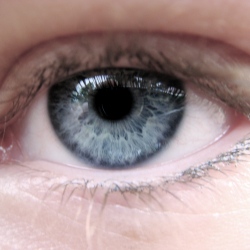
Engineers at the California Institute of Technology (Caltech) have devised a method to convert a relatively inexpensive conventional microscope into a billion-pixel imaging system that significantly outperforms the best available standard microscope.
Such a system could greatly improve the efficiency of digital pathology, in which specialists need to review large numbers of tissue samples. By making it possible to produce robust microscopes at low cost, the approach also has the potential to bring high-performance microscopy capabilities to medical clinics in developing countries.
“In my view, what we’ve come up with is very exciting because it changes the way we tackle high-performance microscopy,” says Changhuei Yang, professor of electrical engineering, bioengineering and medical engineering at Caltech.
Physical limitations have forced researchers to decide between high resolution and a small field of view on the one hand, or low resolution and a large field of view on the other.
That has meant that scientists have either been able to see a lot of detail very clearly but only in a small area, or they have gotten a coarser view of a much larger area.
“We found a way to actually have the best of both worlds,” says Guoan Zheng, lead author on the new paper and the initiator of this new microscopy approach from Yang’s lab.
“We used a computational approach to bypass the limitations of the optics. The optical performance of the objective lens is rendered almost irrelevant, as we can improve the resolution and correct for aberrations computationally.”
